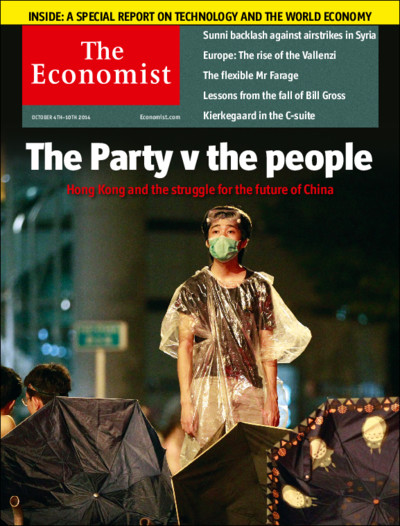Lesson Outline

You've probably heard the saying, “A picture is worth a thousand words.” That's more true today than ever before, as visual journalism has come to dominate modern news media. The power of images to verify journalistic truth is unmistakable. But along with that power comes peril: is seeing really believing – or have images that move us been faked and manipulated in hidden, unreliable ways? Remember: images can be powerful direct evidence and a crucial element of our search to find reliable information. So how can we harness the power of images and minimize their peril?
The video of professional athlete Ray Rice punching his then-finance during a heated exchange in a hotel elevator sparked a national discussion of domestic violence, and later caused the National Football League to change not only its punishment of Rice but its policies about domestic violence. After initially receiving only a two game suspension, after the video surfaced, Rice was let go by his team and indefinitely barred from playing in the league Baltimore Ravens.
WARNING: GRAPHIC CONTENT
And when protests in Ferguson, MO broke out after the shooting death of unarmed teenager Michael Brown and attracted gained national media coverage, footage of police officers in riot gear began surfacing, and journalists were caught up in the struggle between police and protesters. Watch this video -- raw footage from a local blogger -- and apply the questions below to discussion of the incident.


As we search for reliable news and information, from Ferguson to Hong Kong , and from Ray Rice to Barack Obama, it's important to remember that as with other forms of reporting, images can always be manipulated in various ways, (some techniques include selection, framing, cropping and photoshopping) and they must be verified.
The burden is on you as a savvy news consumer to check the credibility of photos and videos -- and to check your natural impulse to believe any report with an image attached. In the era of digital imagery, you must make certain to check photo credits and captions; to note designations such as File Footage or Photo Archive and to be on guard if you see labels such as photo enhancement, photo illustration, photo composite or digital photo manipulation.


Images are powerful means of reporting, and as always you have to be careful to keep an eye out for Verification, Independence and Accountability (VIA).
QUESTIONS FOR CLASSROOM DISCUSSION:
Questions:
- In what ways did the videos change the public’s perception of the incidents? What did you originally think when you heard about the incidents?
- In what ways could a news consumer apply VIA to these videos?
- Is verification immediately apparent? If so, where? Where is it not apparent?
- What questions might a news consumer need to ask themselves when confronted with videos like these?
ADDITIONAL RESOURCES:
- Additional Ferguson Video from Vice News: https://drive.google.com/file/d/0B6mgAy5NdTA3aUdycEZwOWFCeVE/view?usp=sharing
- NPR Story on Ray Rice Suspension: http://www.npr.org/2014/09/09/347017576/baltimore-ravens-cut-ray-rice-after-new-video-surfaces
- The War Photo no one would publish: http://www.theatlantic.com/features/archive/2014/08/the-war-photo-no-one-would-publish/375762/
-
Key Concepts
-
Grade Level
-
0 comments
-
1 save
-
Share
